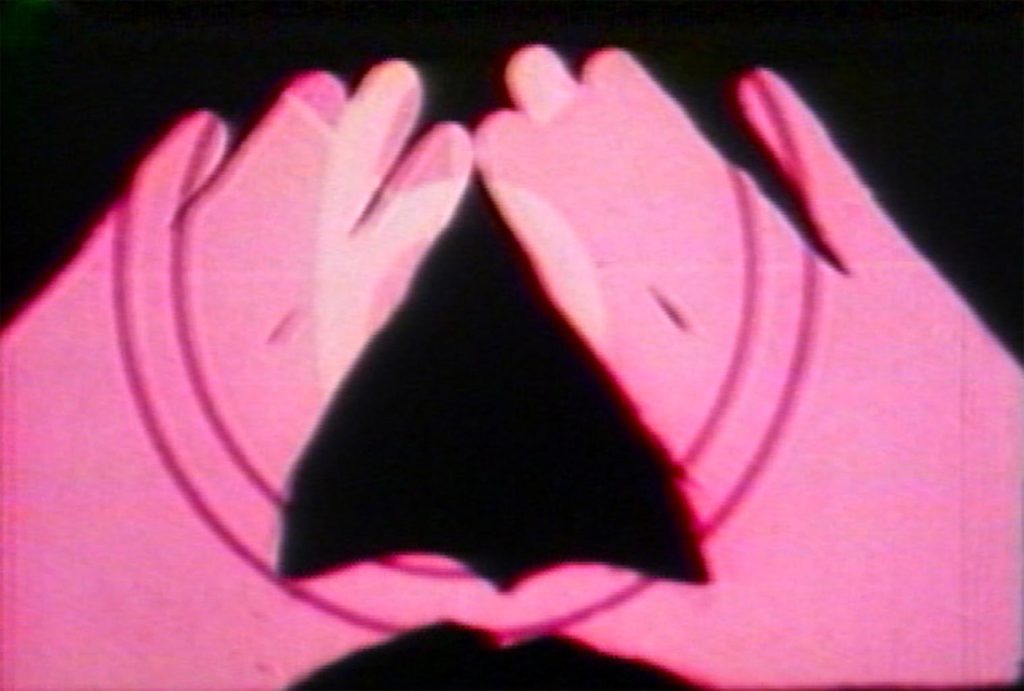Artsy’s 7 Older LGBTQIA+ Artists Who Paved the Way for the Next Generation

By Ayanna Dozier
Queer life and the mainstream art world have not always co-existed seamlessly. In an interview with The Paris Review, legendary cultural critic Douglas Crimp described the clear demarcations of the 1970s, 1980s, and 1990s, about how much of an artist’s queer life should bleed through into their work. “The main compartmentalization was that I had my gay world and I had my art world,” he said. In his work, Crimp argues that the border between the art world and, larger, queer life was only broken by artists’ sheer determination. In other words, today, the mainstream art world’s embrace of more open examinations of queer life (seen in the work of artists like Oscar yi Hou, Justin Yoon, Naima Green, and Devan Shimoyama) is a contemporary phenomenon.
Take, for example, the national backlash and lack of larger art world support for the 1989 exhibition “Witness: Against Our Vanishing,” curated by Nan Goldin at Artists Space in Lower Manhattan. That group exhibition, featuring work by Peter Hujar, David Wojnarowicz, Kiki Smith, and others, had its National Endowment Arts funds stripped because of the artists’ explicit work on AIDS and its criticism of the national response to the medical emergency.
Today, many younger queer artists and curators are amplifying the work of their predecessors to create an intergenerational narrative of artistic exchange, as well as a genealogy through which we might read their work.
As Pride month comes to an end, Artsy has gathered seven LGBTQIA+ artists working across the 1980s and 1990s whose pioneering work have paved the way for emerging queer artists today.